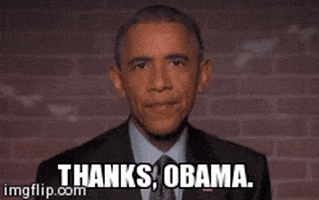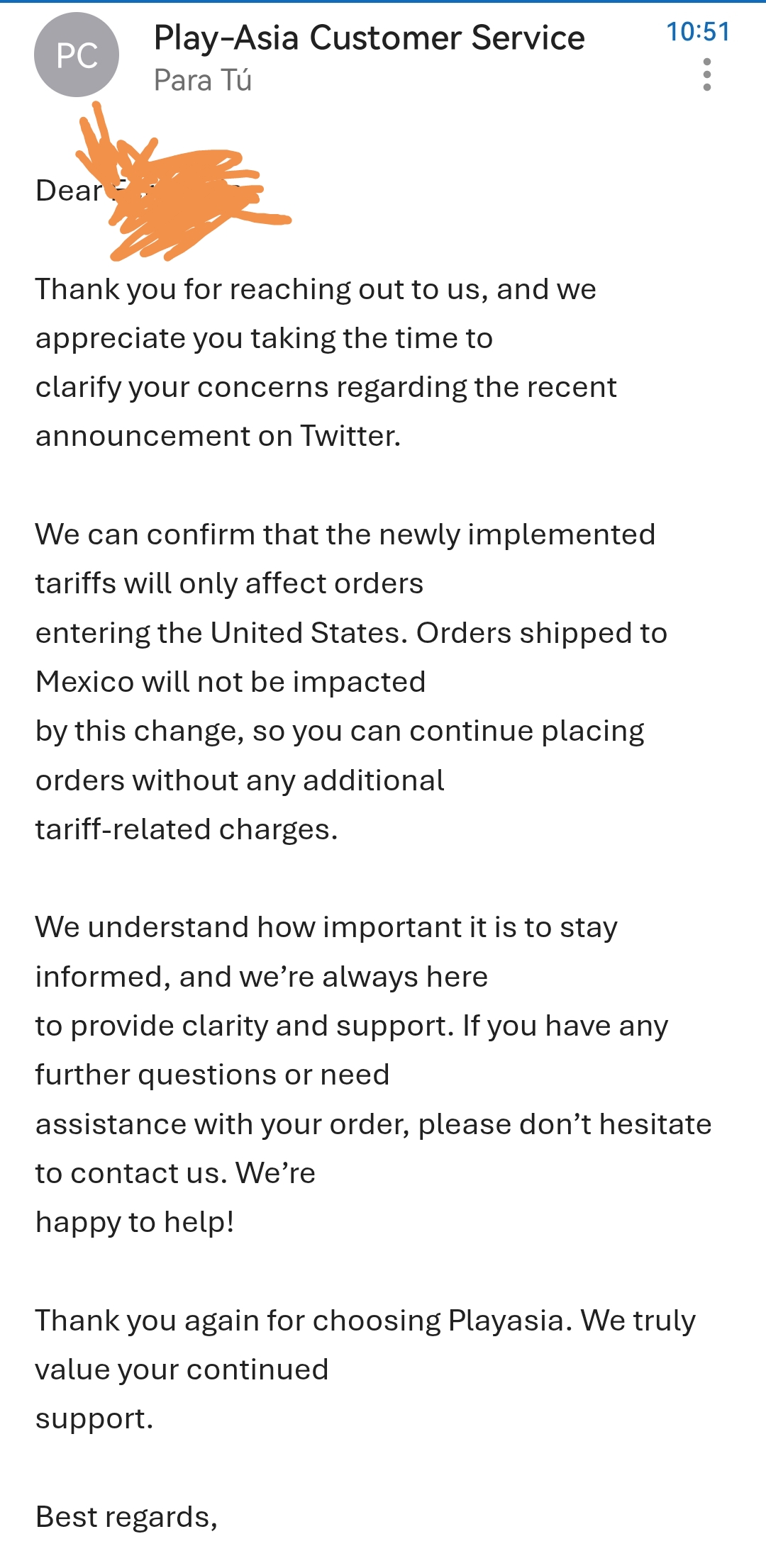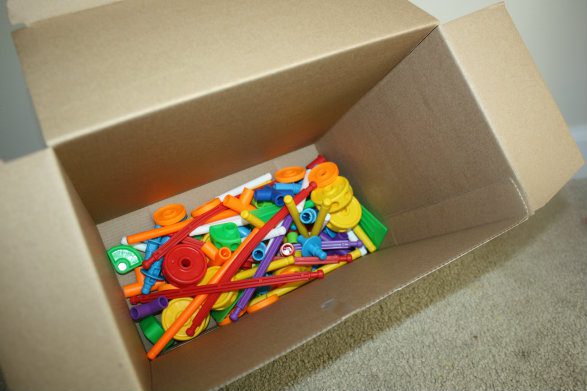They wouldn't be able to take that hit across the board if that is their operating margin on these products, sure, but that isn't the consideration here. I am assuming they are going to continue making these products with or without the US sales, which means many of their major expenses are not going to decrease at all if they lose their US sales. The first copy of a figurine must cost a lot more than each additional copy, and here (unlike when calculating the operating margin) we effectively only have to consider how much the additional copies cost, not the first one..
If they (and by they I mean the entire supply side combined) lose the 20% of sales (or whatever it happens to be) which currently go to the US, that isn't going to reduce their expenses by 20% and probably not by anything close to it. If they lose 20% of their income and their expenses subsequently only decrease by <20%, that will make their operating margin worse not better.
I mentioned this earlier in the thread, but for a somewhat similar example consider regional pricing on games. MGS Snake Eater (at least on Steam according to steamdb) is priced 50% lower price in some regions than in others. Konami's operating margin is not >50% and they could not take 50% lower prices across the board. However, they still choose to go for a lower price in those regions -which amounts to eating a tariff in those regions- because $35 x some sales is more than $70 x no sales. Assuming they are going to be making the game with or without the sales from those regions, then this is viable so long as the variable cost is lower than the sale price in those regions. Granted in this case the variable cost will always be lower than the sale price as it's effectively determined backwards as a % of it, but apart from that the same principle applies for the 'eating tariffs on figurines' scenario: they can do it so long as the variable cost is lower than the sale price.














